#1870s France
Explore tagged Tumblr posts
Text

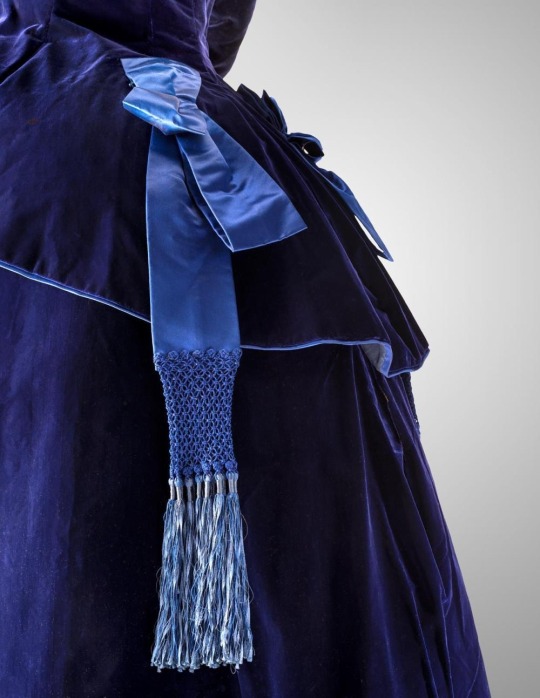

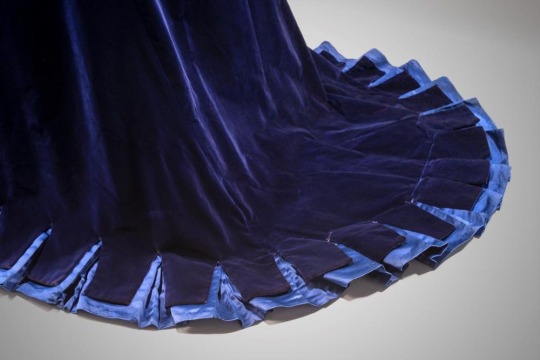
Blue Velvet Dress, 1877, French.
Possibly by House of Worth.
MFA Boston.
#blue#velvet#womenswear#silk#dress#extant garments#19th century#mfa boston#france#french#house of worth#1877#1870s#1870s france#1870s dress#third republic#fave
647 notes
·
View notes
Text
https://society6.com/art/rhapsody-in-fur

A woman sits with her vibrant and graceful cat, capturing a timeless moment of companionship and interaction.
#society6#digital art#vintage#wall art#artwork#art#art for sale#instagram#fashion#museum#cats of tumblr#cat#1870s fashion#painting#blue#kitty#kitten#paris#england#france#paris france#italian#italy#muse#tiktok#parisian style#illustration#ai art#ai artwork#digital painting
4K notes
·
View notes
Text

William Adolphe Bouguereau (French, 1825-1905) Baigneuse, 1870 Fondation Gala-Salvador Dalí
#William Adolphe Bouguereau#Baigneuse#Baigneuse 1870#1800s#art#french art#france#french#fine art#european art#classical art#europe#european#oil painting#fine arts#europa#mediterranean#female#painting#beautiful#woman
1K notes
·
View notes
Photo


Day Dress
c.1872
France
The 1870s was a period of marked romanticism and whimsy in fashionable dress. Much like the picturesque paintings of Renoir that depict such confectionary creations, both day and evening gowns were highly ornamented and often executed in delicate, feminine textiles. Though eveningwear was marked by décolleté necklines and lavish silk satins and taffetas, day dresses were made more modest with austere fabrics like cotton or wool. While many women owned walking and traveling dresses which afforded slightly greater moveability, also quite common was the summer day dress that was to be worn to an afternoon tea or reception. This garment, emblematic of warm weather day dresses of the period with its sheer printed cotton and delicate lace trim, is a particularly pristine example, and notable for its clear revival of eighteenth–century aesthetic sensibilites. The late nineteenth century, abetted by the luxury and progress of the Industrial Age, recalled distinctly, both in its textiles and in the etiquette that surrounded fashionable dress, the notorious material excesses of the third quarter of the eighteenth century. The wealthy classes of the late–nineteenth–century showed a particular respect for the formalities of fashion. While their garments were not nearly as ornamental and their entertaining circles not as elitist, the decorative effects of late nineteenth century afternoon reception dresses such as this one unarguably echoed the lavishness of the eighteenth–century gown, most notably here in the sleeve and neckline.
The MET (Accession Number: 2003.426a, b)
#fashion history#historical fashion#day dress#1870s#belle epoque#19th century#bustle era#1872#floral#summer#flower print#white#pink#france#the met#popular
1K notes
·
View notes
Text

Winter Scene from the Franco-Prussian War 1870/71 by Christian Sell
#christian sell#art#franco prussian war#franco german war#war of 1870#north german confederation#kingdom of prussia#prussia#prussian#france#french#german#germany#cavalry#winter#landscape#snow#trees#history#europe#european
89 notes
·
View notes
Text

Marie-Louise Arconati-Visconti, 1872
193 notes
·
View notes
Text

Prince Louis-Napoléon Bonaparte (son of emperor Napoléon III) by Alex Bassano, c. 1879.
#france#history#19th century#victorian#victorian era#1800s#1870s#napoleon#napoléon#napoleon iii#royalty#antique
236 notes
·
View notes
Text

La Mode illustrée, no. 39, 26 septembre 1875, Paris. Costume de chasse. Modèle de chez Mme Delaunay, rue Godot de Mauroy, 49. Ville de Paris / Bibliothèque Forney
Costume de chasse.
En velours bleu foncé avec galons, boutons, brandebourgs et chaîne en argent oxydé. Casquette en velours bleu foncé bottes molles en cuir jaune.
Hunting suit.
In dark blue velvet with braid, buttons, frogs and chain in oxidized silver. Dark blue velvet cap, soft yellow leather boots.
#La Mode illustrée#19th century#1870s#1875#on this day#September 26#periodical#fashion#fashion plate#bibliothèque nationale de france#dress#suit#sport#hunting#Modèles de chez#Madame Delaunay
37 notes
·
View notes
Text
The Dark Side of Victor Hugo: His Fervent Support for Colonization

Warning: at one point there are shocking writings about the atrocities of colonization. Sensitive souls should refrain.
Here is the greatest shadow in Victor Hugo's legacy: Algerian colonization. I'll share some of his writings with you. Here's what he said in 1830 (he was a royalist at the time and had not yet become the leftist man, the fierce opponent of Napoleon, and one of the few writers to defend the cause of the 1870 Communards):
"Algeria. Military colonization must cover and envelop civilian colonization as a wall covers and envelops a city. Military colonization is a living wall. What better continuous barrier than a French camp? Put the soldier in front of the settler as you put iron at the tip of a spear." (Ocean, note dated by René Joumet between 1835-1840 in Victor Hugo, Complete Works, Robert Laffont, Bouquins collection, Paris, 1985, vol. Ocean).
He continues to advocate for colonization during this period, saying: "I believe that our new conquest is something fortunate and grand. It is civilization marching over barbarism. It is an enlightened people going to meet a people in darkness. We are the Greeks of the world, it is our duty to illuminate the world."
Of course, he strongly disapproved of Louis-Philippe I's decision to imprison Emir Abdelkader. But he remained a fervent supporter of colonization. Sure, there is a brief note expressing his outrage at the treatment of the colonized, but he did not make it a public stance, unlike the other causes he held so dear (such as opposing Napoleon III's authoritarian drift, the death penalty, and supporting the Communards). So, it does not seem that he considered this issue very important compared to his other causes, and he refused to see the core issue: colonization. However, I will share this excerpt with you: "The army made ferocious by Algeria. General Le Flô told me last night, October 16, 1852: 'During assaults and raids, it was not uncommon to see soldiers throwing children out of windows, which other soldiers below would catch on their bayonets. They tore earrings from women’s ears along with their ears, and cut off their fingers and toes to take their rings. When an Arab was captured, all the soldiers he passed on his way to execution would laugh and shout: cortar cabeza! The brother of General Marolles, a cavalry officer, speared a child on the tip of his sword. He at least has this reputation in the army and failed to adequately justify himself.' Atrocities of General Négrier. Colonel Pélissier: Arabs smoked alive." (Victor Hugo, Choses vues, op. cit., vol. History).
In 1862, he said in Les Misérables, if I’m not mistaken: "Algeria, too harshly conquered, like India by the English, with more barbarity than civilization, the betrayal of Abd-el-Kader." A condemnation that, in my opinion, remains discreet and especially inconsistent with what he would say later. For example, on May 18, 1879 (by which time he had become the left-wing figure remembered by history), he stated: "Asia has its history, America has its history, even Australia has its history, which dates from the beginning of human memory; Africa has no history; it is shrouded in a vast and obscure legend […]. The two colonizing nations, which are two great free nations, France and England, have seized Africa; France holds it from the west and the north, England holds it from the east and the south. Italy now accepts its share of this colossal work. […] In the nineteenth century, the White man made the Black man a human being; in the twentieth century, Europe will make Africa a world." He then willingly lies, claiming that colonization is peaceful: "Peoples! Take possession of this land. Take it. From whom? From no one. Take this land from God. […] Where kings would bring war, bring harmony. Take it, not for the cannon, but for the plow; not for the sword, but for commerce; not for battle, but for industry; not for conquest, but for fraternity."
And let's not forget that he once referred to the colonized as "Bedouins" in one of his speeches. No comment needed for this racist remark.
Now, don’t think I’m saying this to bash Victor Hugo. He should be seen with both his qualities, such as his fight against the death penalty, poverty, his opposition to Napoleon III and Thiers, and his rare support for the Communards, and his flaws, like his colonialism tinged with racist overtones, his bad faith, and his lies about colonization — especially when other figures, such as Eugène Mourot, Louise Michel, Jean Allemane, and others, publicly defended the Algerians.
It’s similar to George Sand, whom I mentioned in my post here. Although she called herself a socialist, she fully supported the repression of the Paris Commune and displayed absurd bad faith. Nevertheless, she cannot be judged solely through that lens; she must be viewed in her entirety, such as her public support for the 1848 revolt or her confrontation with Napoleon III over his authoritarianism.
#france#algeria#colonisation#racism#history#revolution#1830s#1848#1870s#victor hugo#louise michel#george sand
47 notes
·
View notes
Text
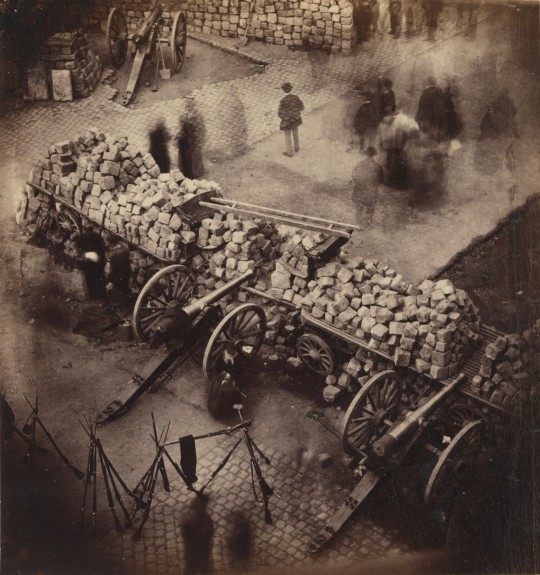
Barricades de la Commune, avril 71. Coin de la place Hotel de Ville & de la rue de Rivoli (Barricades of the Commune, April 71. Corner of Place Hotel de Ville & Rue de Rivoli), Pierre-Ambrose Richebourg, 1871
#paris#photography#vintage photography#vintage#pierre ambrose richebourg#1870s#1871#french#sepia#albumen print#france#paris commune#siege of paris#franco prussian war#war#world history
79 notes
·
View notes
Text
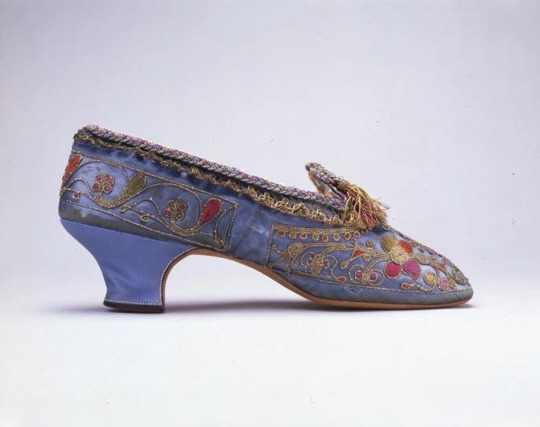
Blue Silk Embroidered Shoes, 1873, French.
Met Museum.
#fave#silk#embroidery#shoes#1873#1870s#1870s shoes#1870s France#1870s extant garment#extant garments#womenswear#french#19th century#met museum
91 notes
·
View notes
Text

• Woman.
Date: ca. 1860-1870
Artist/Photographer: Bousseton & Appert, Paris (French, active mid- 19th century)
Medium: Albumen silver print
#antique#antique picture#19th century#19th century picture#antique portrait#19th century portrait#antique photograph#antique photography#cabinet card#philadelphia museum of art#museum#Bousset#Bousse#Bousseton & Appert#France#paris#19th century fashion#19th century dress#albumen silver print#ca. 1860#ca. 1870
27 notes
·
View notes
Text

Ernest-Eugène Hiolle (French, 1834-1886) Arion on the Dolphin, 1870 Musée d'Orsay, Paris
#Ernest-Eugène Hiolle#French art#French#France#Arion on the Dolphin#1870#1800s#marble#sculpture#art#fine art#european art#classical art#europe#european#fine arts#europa#mediterranean#greek mythology#roman mythology#greek#roman#greece#rome#southern europe#mythology#mythological#mythological art
45 notes
·
View notes
Text

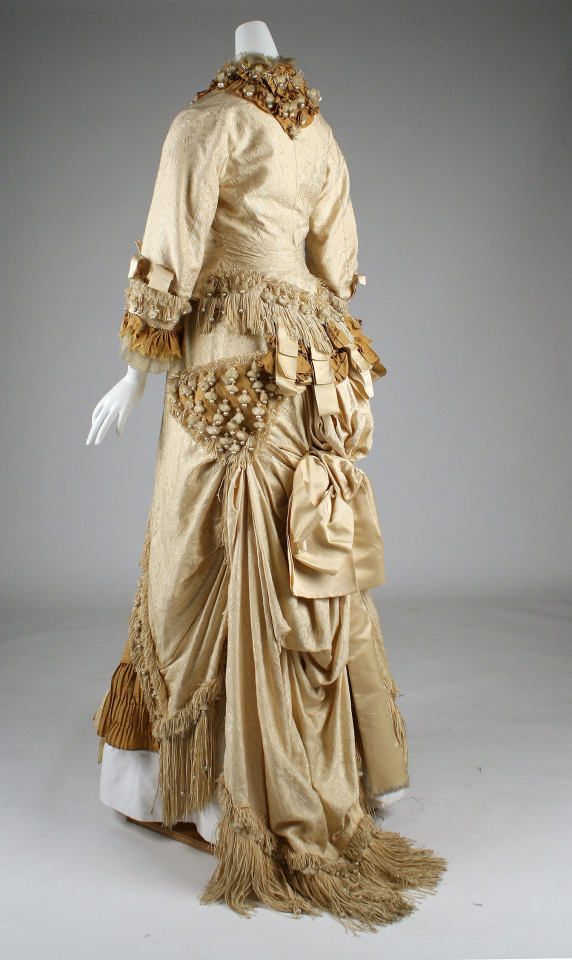
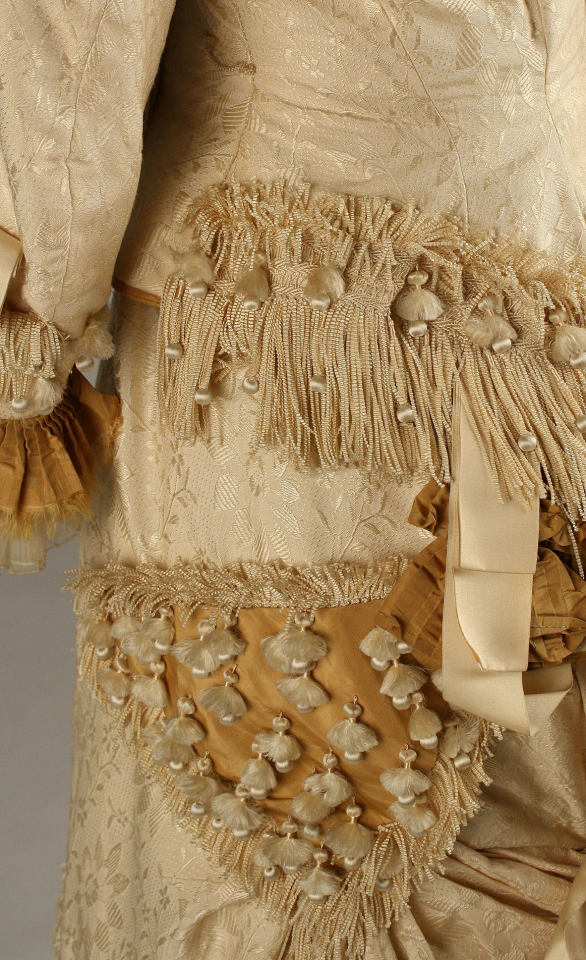
Dress
1879-1880
France
The MET (Accession Number: C.I.X.51.24.5a, b)
#dress#fashion history#historical fashion#1870s#1880s#1879#1880#bustle era#19th century#off white#silk#france#belle epoque#the met#everyone always recreates the lovely worth gowns#now recreate this monstrosity COWARDS
462 notes
·
View notes
Text
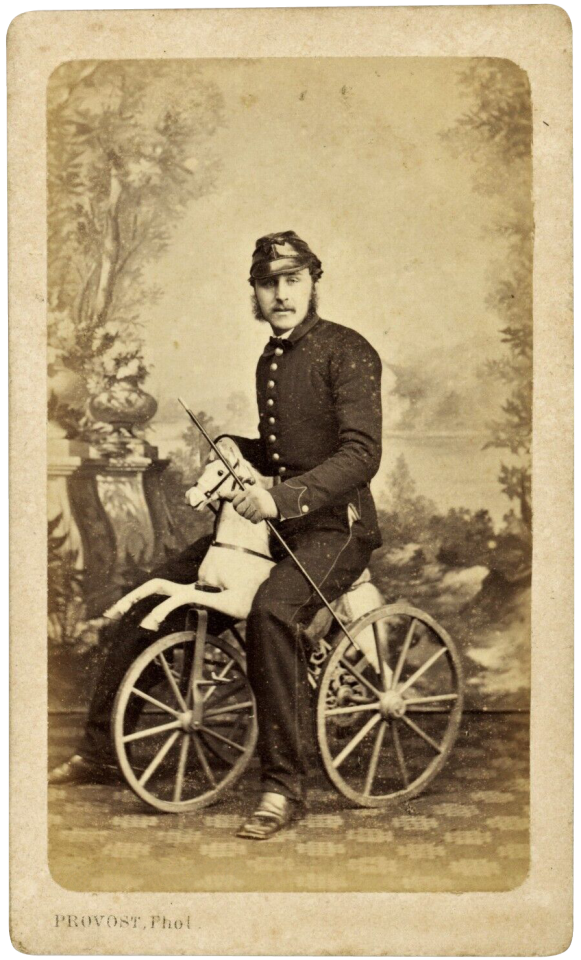
Carte de visite of a gallant soldier ready to roll into action astride his brave little ponycycle, Toulouse, France, c. 1870
#hold on lads the cavalry is coming#*squeak squeak squeak squeak*#regret that I forgot to post anything for Bastille Day—which is a shame given the disproportionate number of Frenchmen in my image folder#what can I say they have nice uniforms#also kudos to France for the invention of the daguerreotype the tintype and the albumen print#19th century#1800s#1870s#1870s fashion#19th century fashion#fashion history#men's fashion#menswear#military fashion#uniforms#third republic#?? maybe? cannot find this uniform but the rounded corners & ornate backstamp seem more 1870s than 1860s#19th century photography#carte de visite#cdv#19th century men
185 notes
·
View notes
Text

Fritz Thaulow - Marée haute - Le Havre - 1878
#fritz thaulow#exterior#19th century art#19th century#1870s#boat#le havre#france#peinture#tableau#manche#normandie#normandy#bateau#mer#sea#art#painting#art history#landscape
46 notes
·
View notes